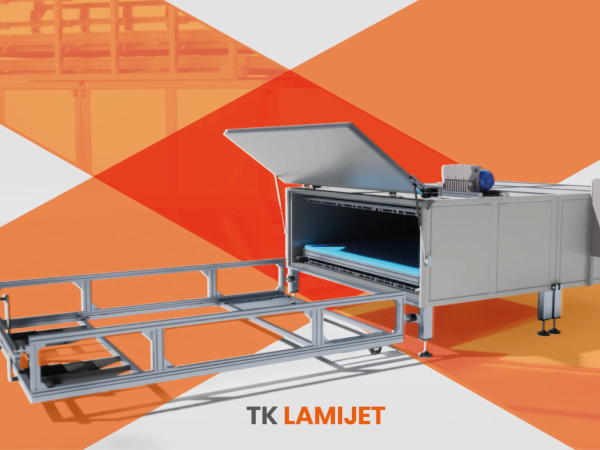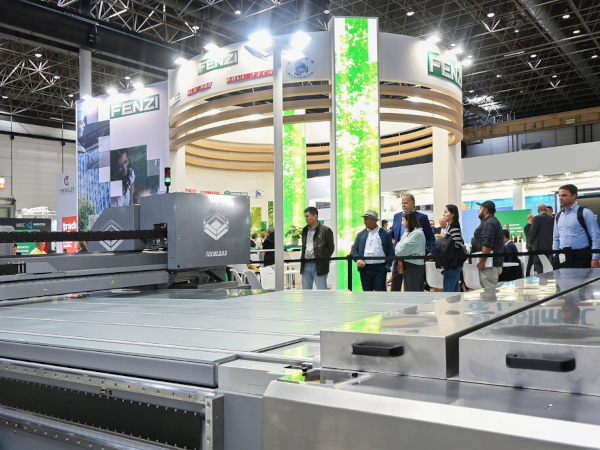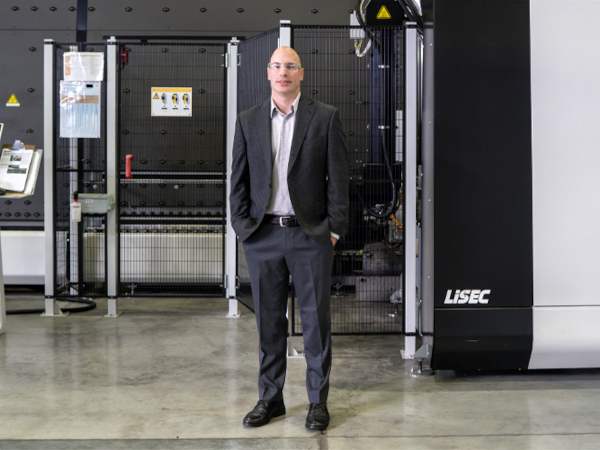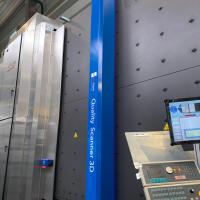Date: 16 September 2015
Top recipient, Saman Kalantari, will be awarded $5,000, and runners-up Michal Czeisler, Jin Won Han, and the collaborative team of Chrysler Museum Glass Studio and the National Institute of Aerospace at Langley, will each receive $2,000 to fund research on new materials, techniques, making methods, and applications of technology in glass art.
Established in 2014, the purpose of the TAG Grant is to provide financial support for projects that employ a technological approach to solving a problem or researching an idea related to the field of art glass. This program follows the worldwide educational trend that combines science, technology, engineering and math (STEM) with the arts (STEAM) to accelerate the development of new, expressive forms.
"We were thrilled with the quality and diversity of the proposals submitted in the second year of the TAG Grant program. What the glass community is exploring and researching, with a small assist from the TAG Grant, will produce benefits throughout the artistic world," said Ted Lagreid, grant committee member and benefactor.
Between 2005 and 2007, Saman Kalantari developed a new way of making pâte de verre called Flexible Glass Sheet (FGS). These paper-thin sheets can be easily cut, bent, folded, and shaped into complicated forms. Kalantari will use the award money to further develop this technique and create a larger, semi-industrial scale product that can be made available to other glass artists. “For many of my students, [some of whom] were already established or emerging artists, this product resolved their problems and gave them solutions they were looking for, and it opened new horizons to them,” he says. "It will [also] be a good material and method for those instructors who teach to children or people with some level of disability”
Michal Czeisler’s project, titled Glass Paper, explores the technical and structural aspects of creating kirigami and pop-up art in glass. Some of the main goals of her research are: testing ways to make reusable metal molds with laser cutting technology, creating large-scale artworks that are strong and robust in structure but light and elegant in design, and finding the right connectors for the glass pieces to enable the objects to pop-up out of a glass sheet. “This project aims to prove that atypical yet simple techniques can accomplish excellent results,” says Czeisler. “I have often found that when working with glass, an artist can become so occupied with the techniques required that there is little time left to work on ideas.”
Jin Won Han will create a series of educational videos on how to utilize three-dimensional computer rendering for glassmaking. Each video will begin with a brief tutorial for drawing glass objects with Cinema 4D, a well-known 3D rendering software program used for industrial design and film making. In her pilot video, Why 3D rendering?, Jin Won Han explains the benefits of using 3D rendering and provides examples of work designed using the software. Future video topics include: How to Draw Blown Forms, Deforming (Bend, Twist, Tape), Textures, and How to Make Glass Explode (Simple Animation), among others. Once the project is completed, her hope is to make these videos available to GAS members on the website.
A collaborative team of glass and three-dimensional modeling experts from the Chrysler Museum Glass Studio and the National Institute of Aerospace at Langley, with intellectual support from Fred Metz, president and founder of Spiral Arts, have partnered to design a 3D glass printing machine that builds and expands upon existing technology. As stated in their proposal, “This model differs from current options by using thin rods as feed stock (rather than molten feed or a powdered glass solution), and allows greater flexibility with the objects produced.... [which] can be customized to match a specific glass formula, enabling both artists and scientists the ability to alter and manipulate the part after the printing process.”
The Glass Art Society would like to express its sincere appreciation to Ted and Melissa Lagreid, as well as Wayne Strattman , for their continued support of the TAG Grant program. GAS also thanks the TAG Grant committee, which includes Lagreid and Strattman, and artists Rik Allen and Peter Houk. f you would like to donate to this fund, please visit http://www.glassart.org/donate_to_GAS.html.









Add new comment